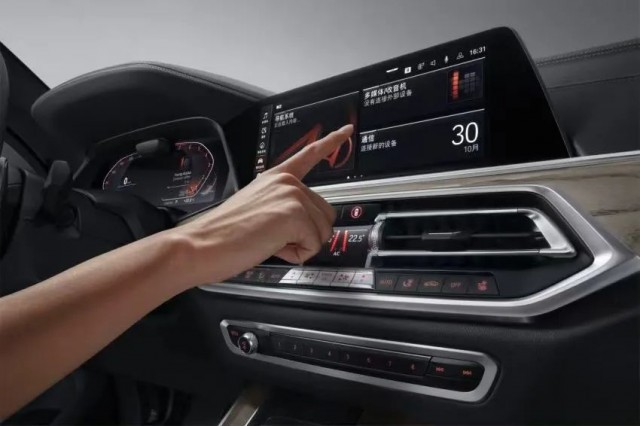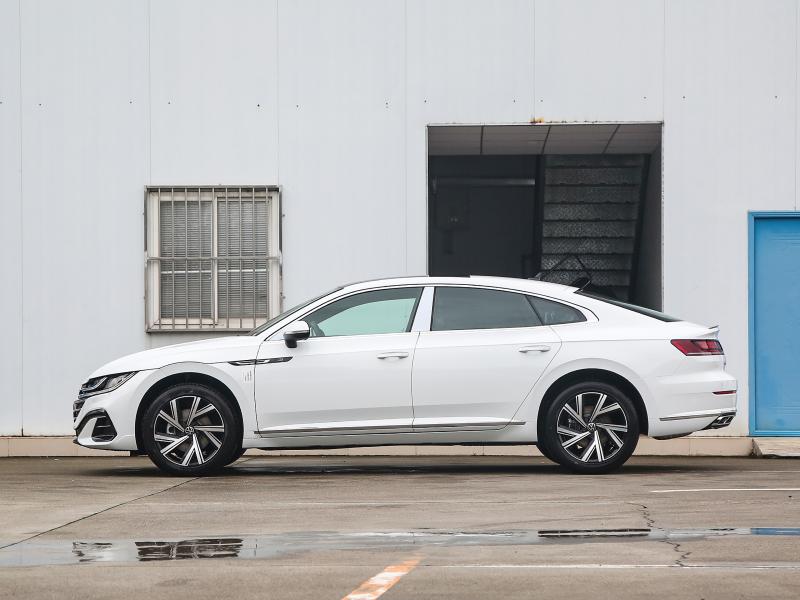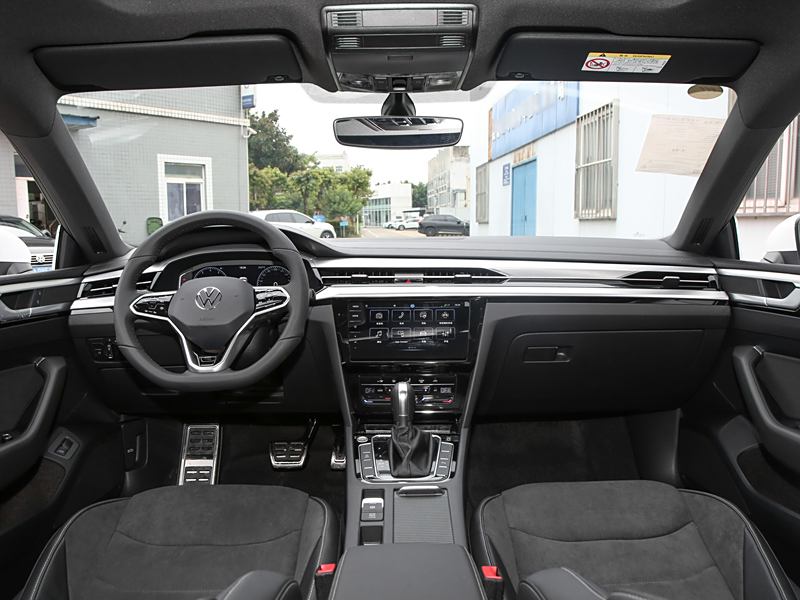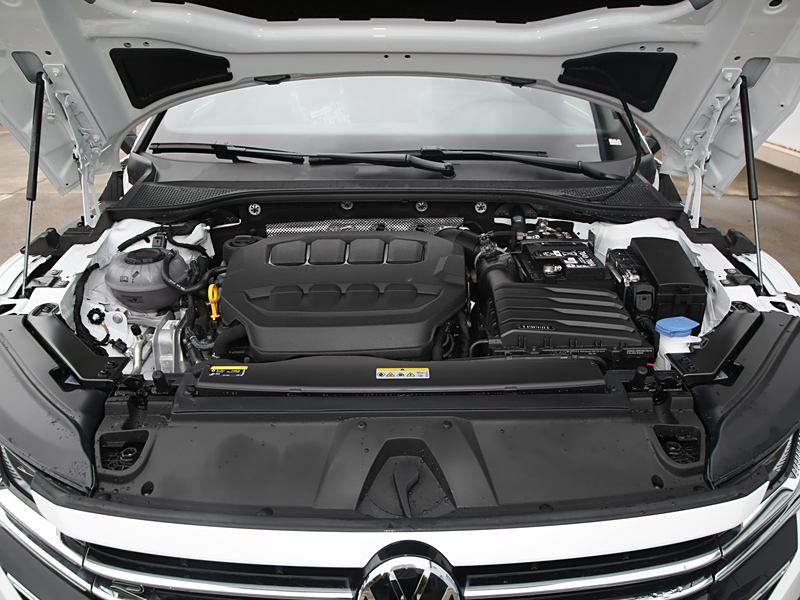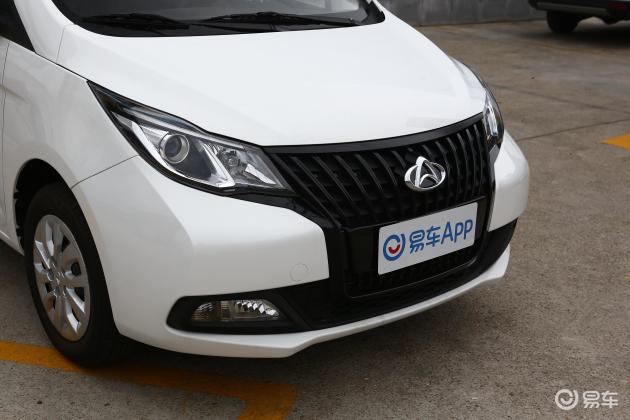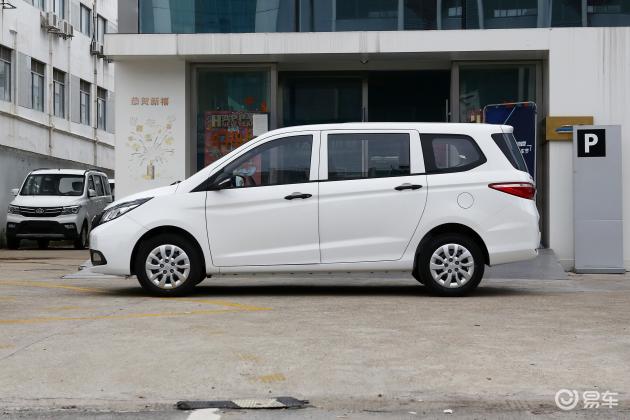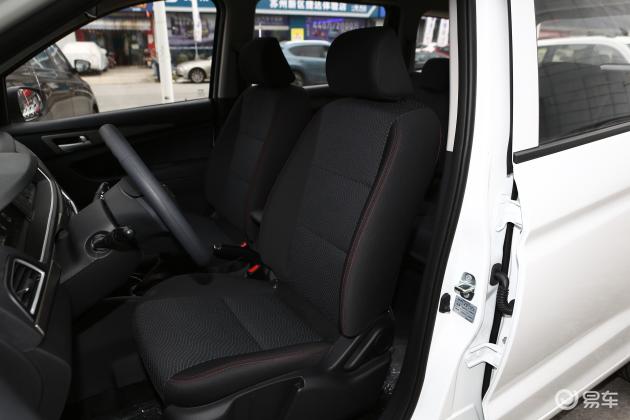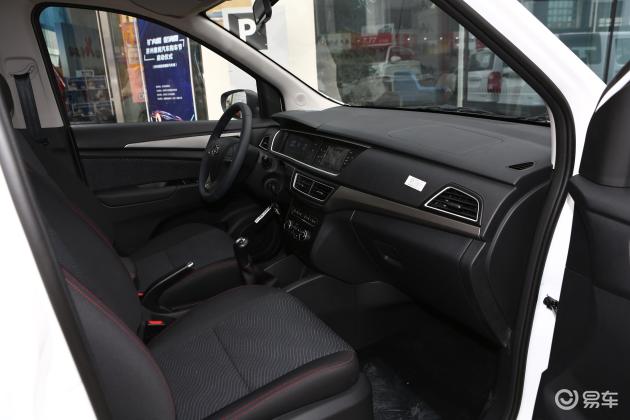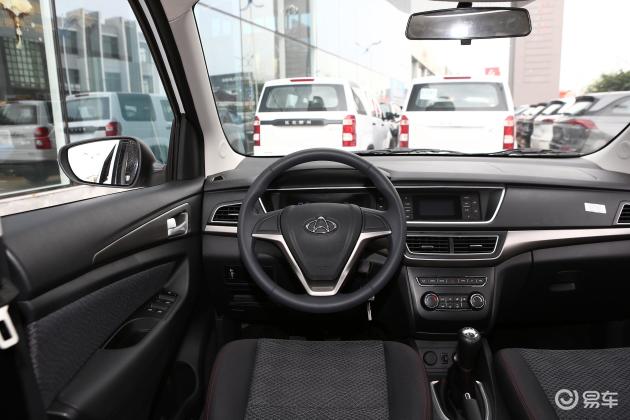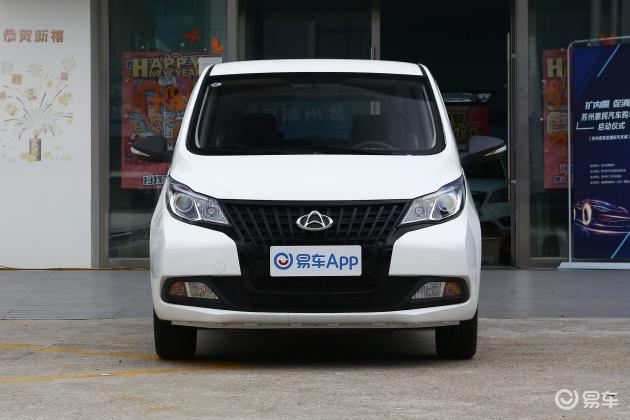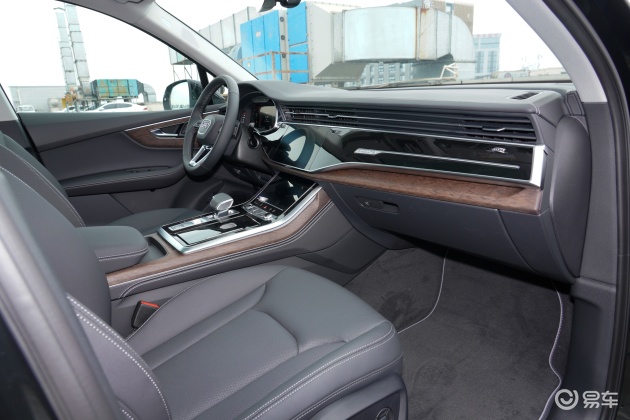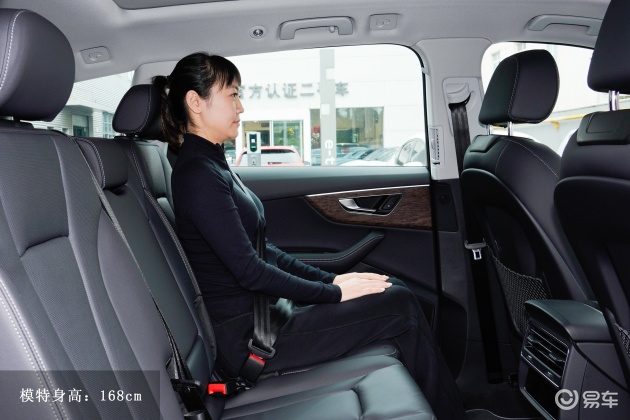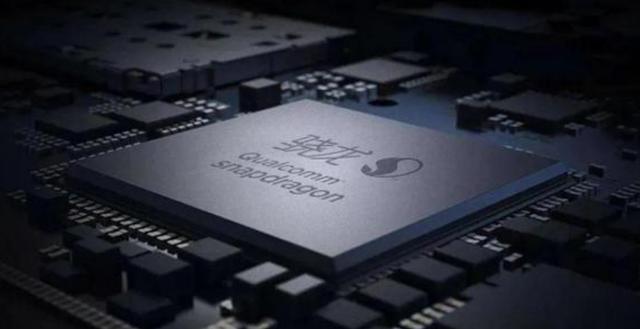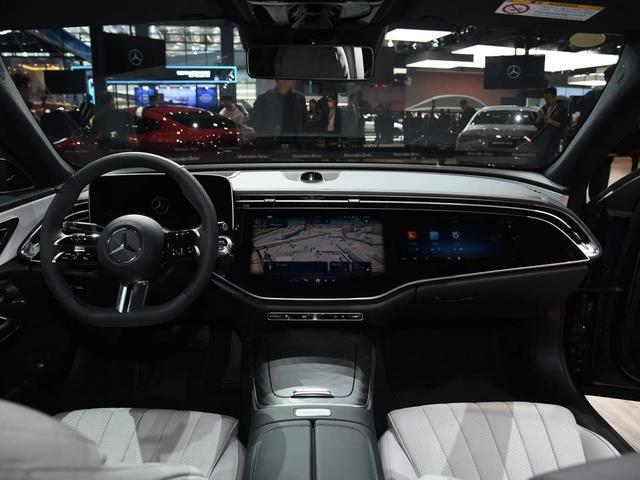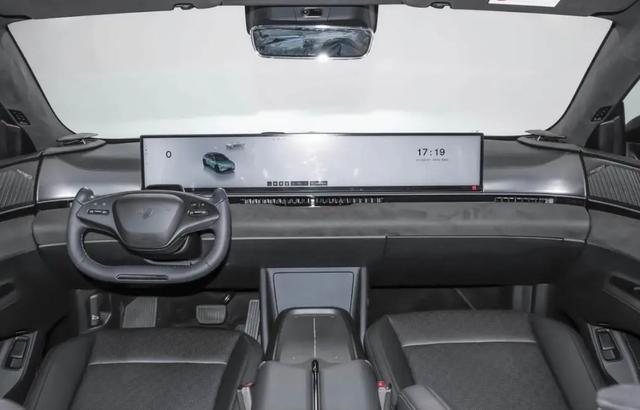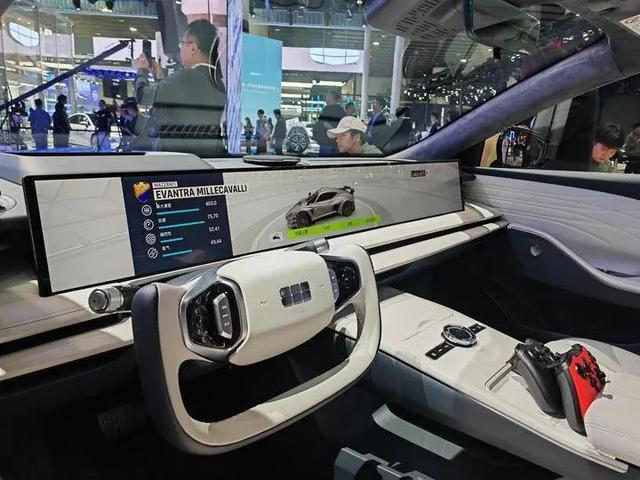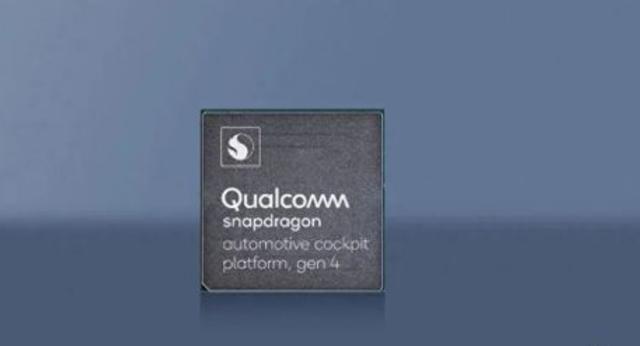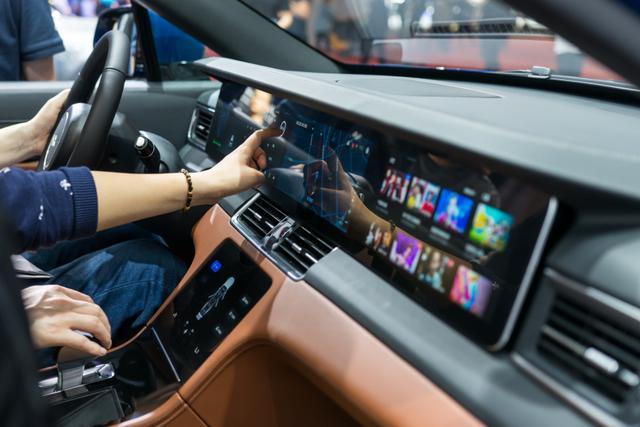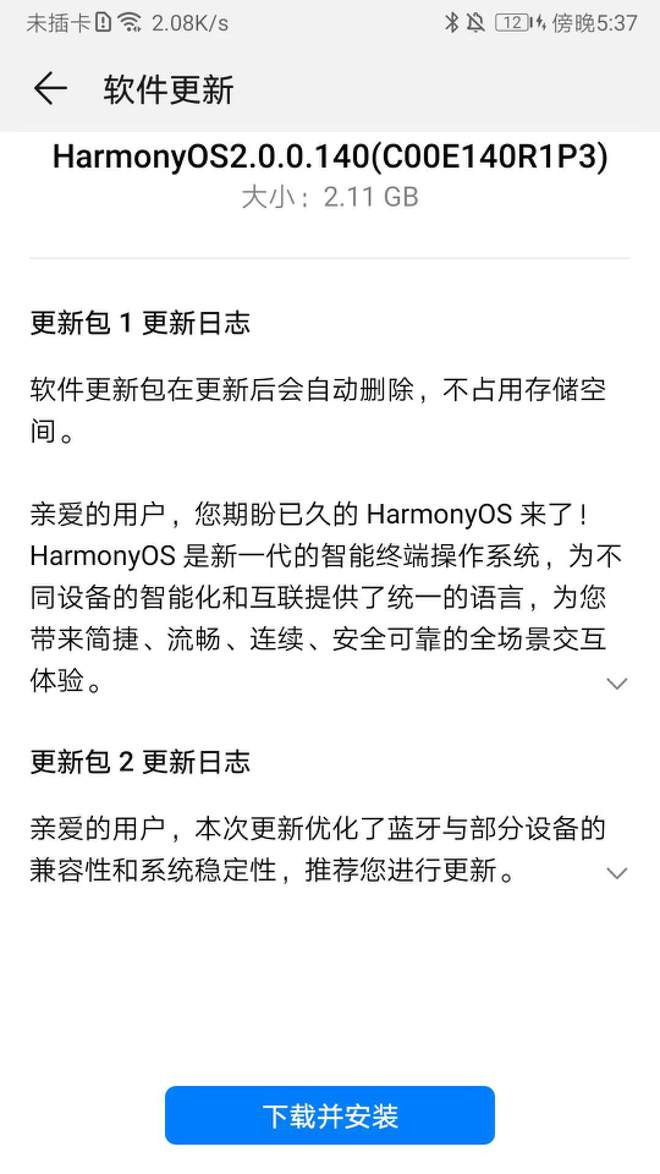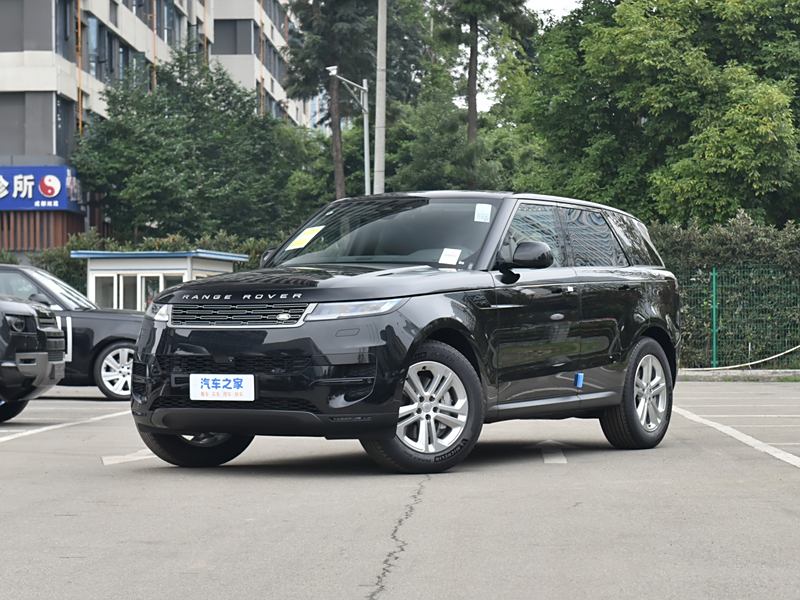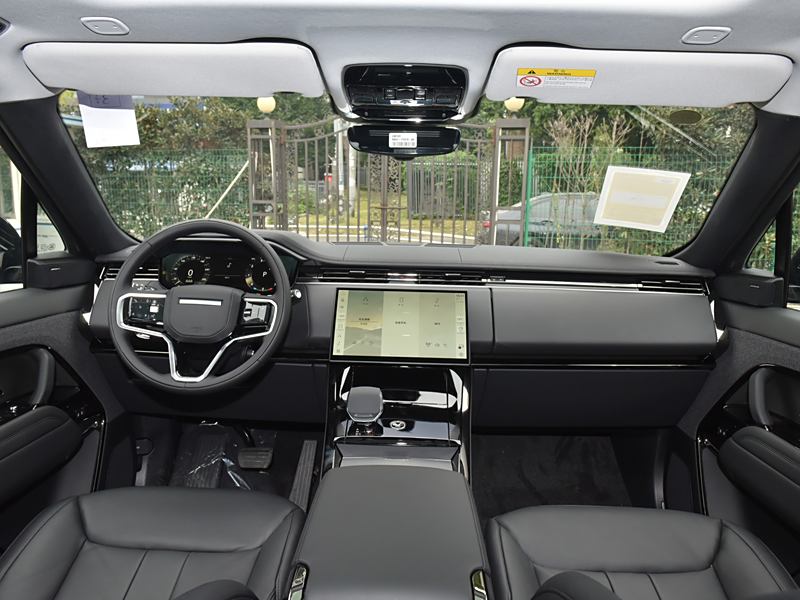Millennium holy soup, so you are like this ~


tangshan hot spring
long-standing and well-established
Four-level certification, flowing for thousands of years
tangshan hot spring

As a precious natural resource, Tangshan Hot Spring
Why on earth is it inexhaustible?
Endless, endless?
What are the benefits of soaking in Tangshan hot spring?
What are the recommendations for taking a hot spring bath in Tangshan?
These questions are answered by Xiao Bu one by one.

01
Analysis of recharge source and genetic model
Tangshan Hot Spring has a long history, which not only maintains its original characteristics and advantages, but also follows the pace of the times, resulting in high-quality products such as private soup houses. Where does this endless supply of water come from?


Learn the causes of Tangshan hot spring together
The geothermal system in Tangshan hot spring area belongs to the middle-low temperature convection geothermal system in genesis. Geothermal water supply mainly comes from two aspects:
First, the exposed carbonate rocks in Tangshan Mountain; Secondly, Ningzhen Mountain and Maoshan Mountain around Tangshan are rich in groundwater, which is a regional dynamic balance recharge area.
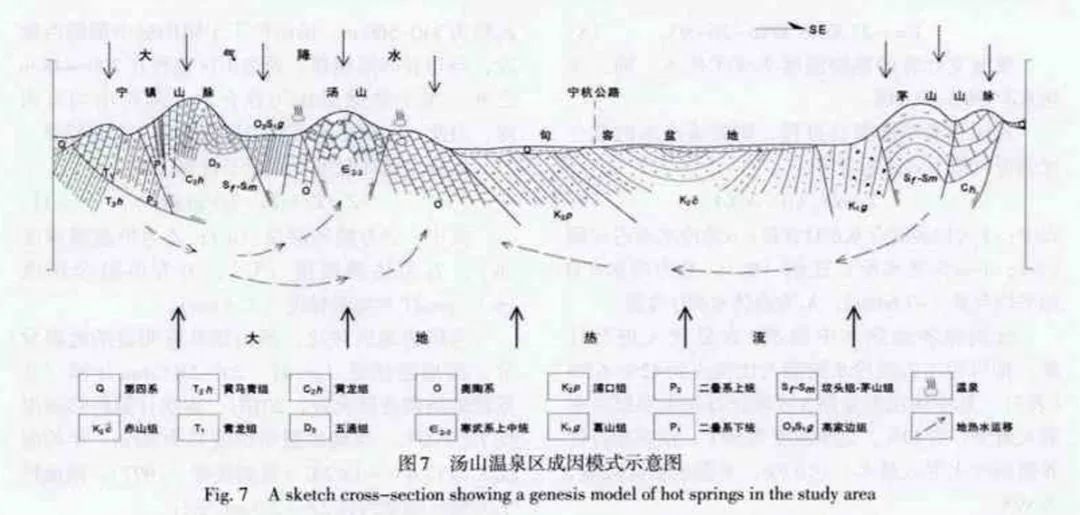
The hot spring area receives the recharge of these two aspects of atmospheric precipitation. After the recharge, it permeates downward through faults or fault fracture zones, and then circulates deeply along the Tangshan-Dongchang deep fault near EW (east-west), gradually increasing the temperature in the underground water depth circulation path, and achieving temperature and chemical balance with the deep surrounding rocks. The fault intersects with the NW (northwest) fault and NE (northeast) fault in the area at the shallow part to form hot spring water.
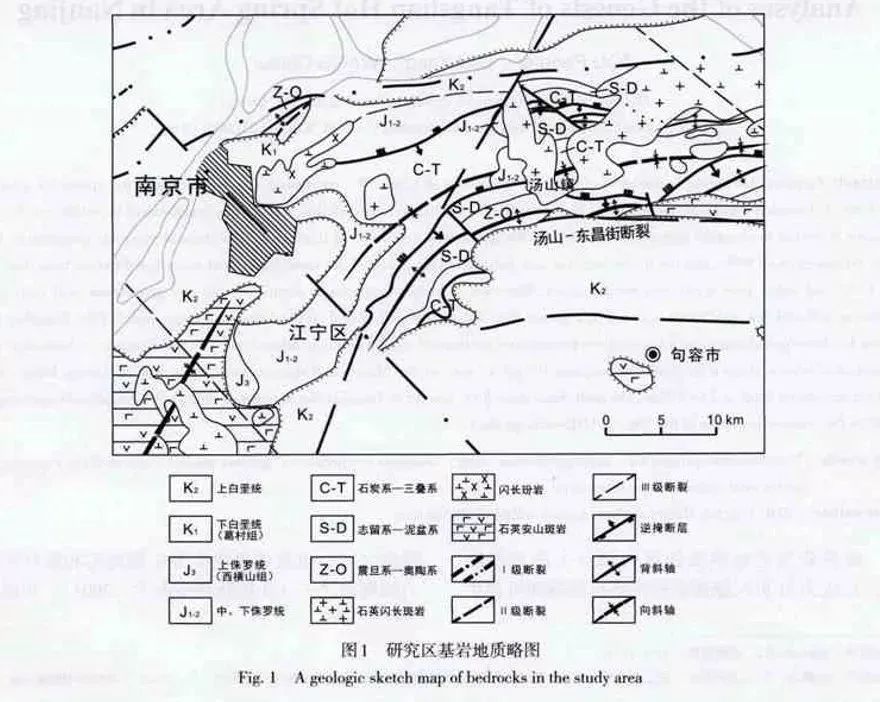
The thermal storage temperature in Tangshan hot spring area is about 90℃, and the circulation depth is about 2.6-2.9km.
All groundwater in the study area, including karst cold water, diving water, surface water and underground hot water with different temperatures, is supplied by atmospheric precipitation.
In short, it is the new water (atmospheric precipitation) and old water (groundwater) that come and go, coupled with the infiltration and movement of faults and fracture zones, so that Tangshan hot springs have been formed for thousands of years.
In short: as long as the mountain is raining and you are there, Tangshan Hot Spring is there!

02
Quality authentication and grading of Tangshan hot spring

one
Tangshan Hot Spring is one of the four major convalescent hot springs in China. It is the first hot spring in China to obtain the international double certification of hot spring water quality, and has the reputation of "Millennium Holy Soup and Health Paradise".

2
In October 2012, the World Federation of Hot Springs and Climate Health Care awarded Tangshan the title of "World Famous Hot Springs Town".
Moreover, according to the Classification Table of Hot Spring Quality, the hot spring wells in Tangshan area are all high-quality rare hot springs or high-quality hot springs.

In addition, in order to protect consumers’ rights and interests (soaking hot springs), a four-level authentication system for Tangshan Hot Springs, that is, hot spring wells, hot spring pipelines, hot spring units and hot spring facilities (soaking pools), has been established to achieve four-level anti-counterfeiting authentication and can be traced back.
Let everyone have a good time and have a good time ~
03
Hot spring recuperation effect
Scientific research shows that Tangshan hot springs are mostly sulfate springs, which can be divided into calcium sulfate springs, magnesium sulfate springs, magnesium sulfate springs and sodium sulfate springs because of the different salts contained.

Sulfate spring can mainly act on human body through immersion bath and drinking. When it is used in bathing, it can cause telangiectasia and enhance the metabolism of the whole body due to the stimulation of salts on the skin, and it has certain curative effect on some skin diseases.
The metasilicic acid in hot springs can beautify and resist aging. As an essential element in human skin connective tissue, articular cartilage and connective tissue, metasilicic acid has the function of increasing skin elasticity and maintaining the integrity of tissues around elastic fibers.

Fluorine is beneficial to increase the hardness of bones; After iron is absorbed through the skin, it can diminish inflammation and relieve pain; Strontium is closely related to the development of human bones, the function and structure of cardiovascular system, and the excitement of nerves and muscles, and it also has the effects of antioxidation and anti-aging.


04
Recommended by Tangshan Hot Spring
Private soup houses, public pools, free hot springs and other forms have become a new way of life.

So, what are the recommendations and tips for coming to Tangshan to soak in hot springs?
01
Tangshan no.1
It has a unique natural hot spring swimming pool, 56 different kinds of hot spring pools, and a wealth of buffets to enjoy.


02
Ziqinghu hot spring
Large bubble pool and good environment. There are more than ten kinds of hot spring pools in various forms, and some hot spring pools and crocodile pools are separated by a layer of glass. It is also very interesting to watch crocodiles while soaking in hot springs.


03
Green land yuhao hot spring hotel
A five-star resort hotel with natural hot spring experience, the hot spring is located in the open-air garden on the roof.


04
Hantianyue Hotel/Hantianzhen Hot Spring
Jinling Tangshan, next to the eye of the Golden Sun Spring. Health and wellness, the soul calls for life!


05
Yu Jing ban shan ju hot spring hotel
As the name implies, living with the mountains has beautiful scenery. The rooms cover the main building and three villas, and the villas are attached with gardens and courtyards, enjoying private fun, attaching to the natural oxygen bar and enjoying the ecological hot springs.


06
Yi Takinoyu Hotel
Song-style courtyard buildings with blue tiles and white walls are hidden between the lakes in the park, facing the Jinwuge across the lake, full of poetry.


07
Yuanboji aesthetics tansuo hot spring hotel
There are five types of luxury holiday spaces, such as classic hot spring courtyard house, row courtyard hot spring villa, two-bedroom family hot spring villa, two-bedroom mountain view hot spring villa and VIP customized hot spring villa.


08
Longshangminsu village
It is close to Shang Hu, Tangshan Dragon, and 5 minutes’ drive from "Ogawa-Tibet" in online celebrity. After a self-driving tour, I feel the wonder of nature in the mountains and rivers.


09
Tangjiajia Hot Spring Minsu Village
The private soup B&B in Wenquan Village has different styles and excellent holiday atmosphere. Come here to return to the countryside and release physical and mental fatigue.


10
Garden Expo Park Hotel Group
A variety of styles, enjoy the perfect holiday life in the Jiangnan garden.

Banyan Tree Nanjing Garden Expo Park
Lying in the hot spring pool in the room, you can directly see the strange scene of the cliff of the mine valley, and let the night in the mountains accompany you to sleep.

Nanjing Westin Hot Spring Resort Hotel
Escaping from the high-rise buildings, the steel and iron tiles gently put down the tedious daily life and entered the rest place in the wilderness.

Radisson Hotel Nanjing Selected Resort
Personalized design meets the customs of the ancient capital. Looking from the room to the distance, Shan Ye has beautiful scenery, panoramic view, pavilions and patchwork.

Indigo Hotel Nanjing Garden Expo Park
The whole hotel takes the landscape courtyard in the south of the Yangtze River as the element, and is inspired by the objects and scenery in the mines and quarries, creating an exploratory and interesting holiday experience.


Based on natural ecological endowment
This is named after the hot springs.
National tourist resort
Look forward to your arrival!

Original title: "Millennium Holy Soup, so you are like this ~"
Read the original text






